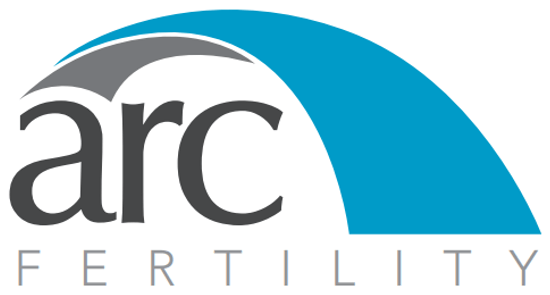Wanting to have a baby is a uniquely universal desire. Yet, the way fertility is viewed and treated around the world varies considerably. From access to assisted reproductive technology (ART), to widely different costs and legal barriers, couples in different countries often face widely different attitudes and strategies on their way to the same goal.
Approximately one hundred countries use ART with 1.6 million cycles and 400,000 babies born each year for a worldwide total of nearly 5 million births, according to the International Committee Monitoring the Assisted Reproductive Technologies (ICMART).
For every country, however, a variety of complex, intertwining factors of culture and religion, economics, education, ethics and supply of specialists and facilities affects what fertility treatment is available, according to a survey by the International Federation of Fertility Societies (IFFS) This translates to relatively few fertility centers in the Middle East, South East Asia and Latin America, while Japan and India have built hundreds of new facilities to meet the global demand for cross border reproductive care (CBRC).
Where assisted reproductive care is available, there may be restrictions on pre-implantation genetic diagnosis (PGD), sex selection, freezing embryos and compensated egg donation and surrogacy. Banning payment leads some couples to travel for effective treatment — donor egg availability plays a major role in fertility success with 55% success rates in the US from 12% of all cycles.It is estimated that up to 10% of ART cycles globally are a result of cross border reproductive care.
Government policy also influences care. Countries that cover infertility treatment through a national health program help those with limited resources but often involve significant waiting times. As a result, 75% of all in-vitro fertilization (IVF) cycles in the UK are performed in the private sector. And, governments may also apply demographic restrictions on age, marital status and sexual orientation.
The UK just became the first place in the world to allow combining DNA from three people for IVF to help reduce the risk of passing deadly genetic diseases from mother to child. Other countries, however, are considering new restrictions — requiring egg and sperm donors to be traceable in Ireland http://www.figo.org/news/irish-child-law-make-traceable-sperm-or-eggs-compulsory-0014868 while Thailand seeks a ban on surrogacy for foreigners and same sex couples http://www.figo.org/news/thailand-aims-eradicate-fertility-tourism-0014869.
So, borders may matter for the approximately 25% of all couples worldwide facing fertility issues, and where they live can affect the journey to get pregnant and have a baby.

